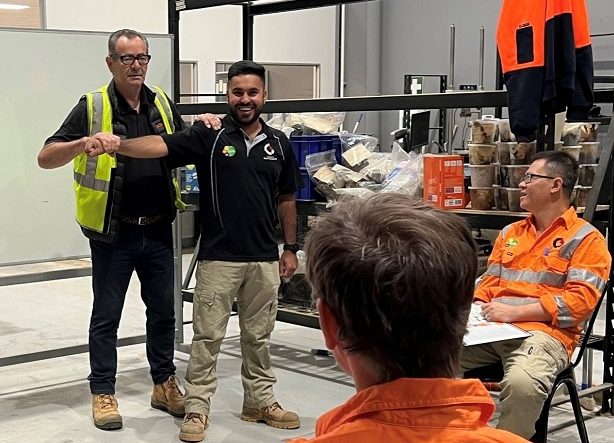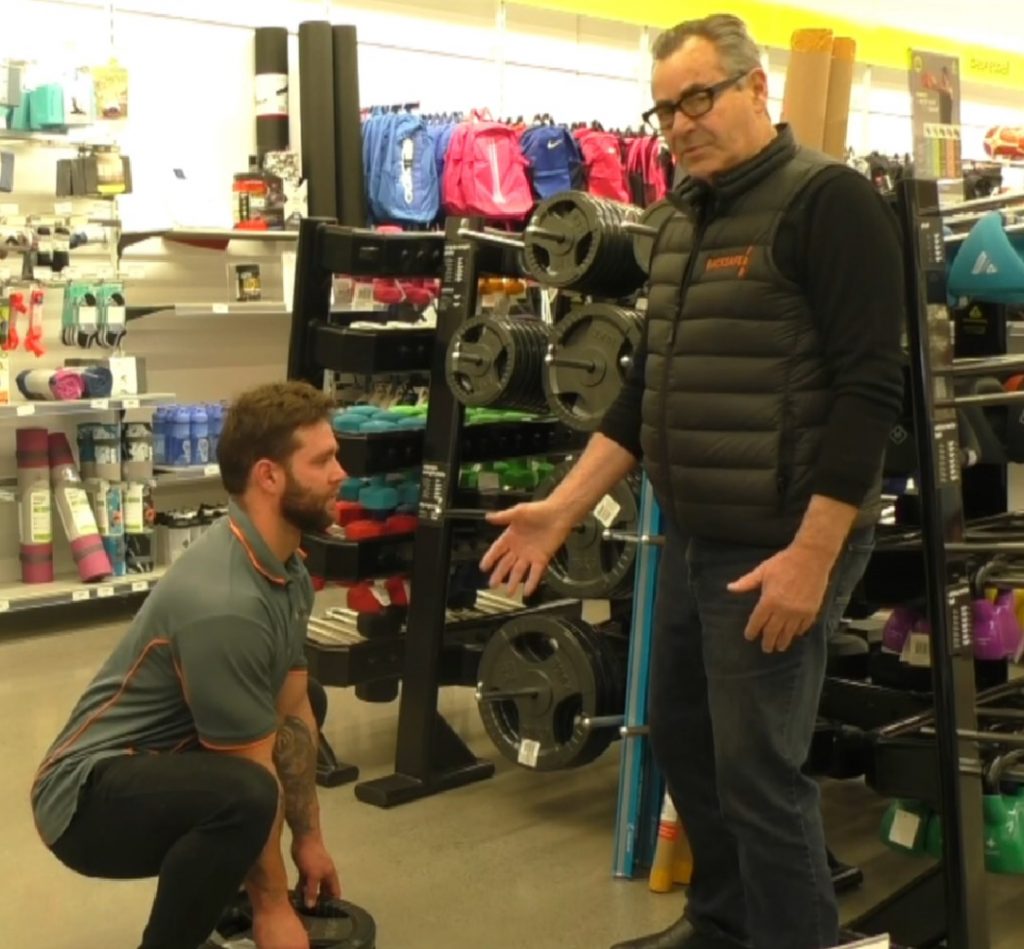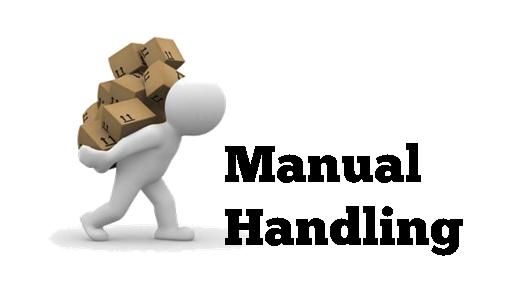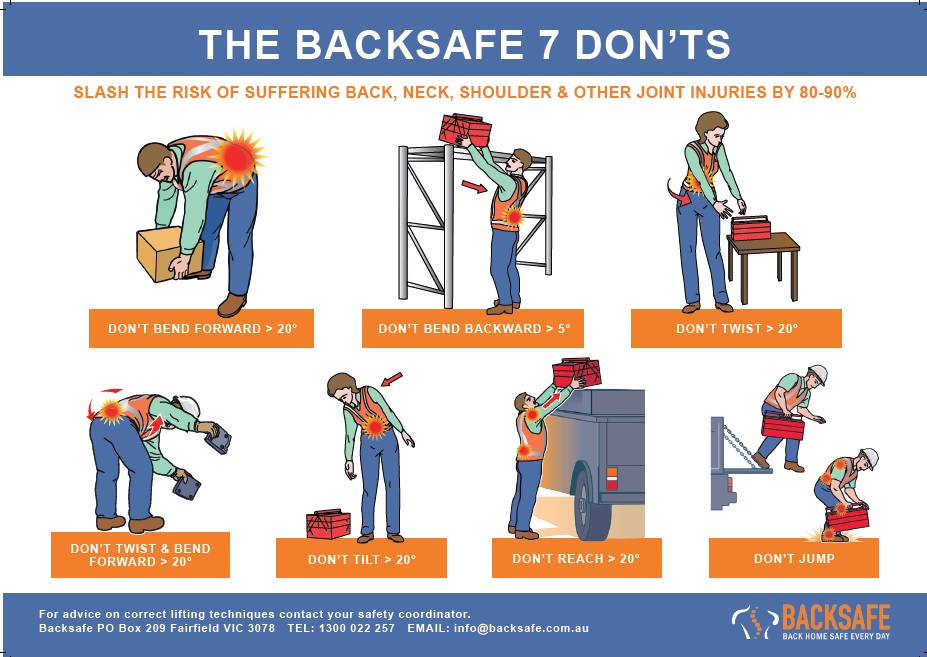In Australia, Manual Handling Training has become an essential requirement for various industries. It serves to educate workers on proper techniques and procedures to prevent injuries related to manual handling tasks.
Acquiring a manual handling certificate demonstrates an individual’s understanding and competence in this area and has become highly recommended for many industries.
This article will provide an overview of manual handling certificates in Australia, including their purpose, importance, certification process, and the benefits they offer in enhancing workplace safety and compliance.
Introduction to Manual Handling Certificates
Manual handling certificates are specifically designed for individuals who are involved in tasks that require the lifting, carrying, pushing, or pulling of objects.
These certificates aim to ensure that workers have the necessary knowledge and skills to perform their manual handling duties safely and efficiently.
Manual handling training covers a wide range of topics, including correct lifting techniques, risk assessment, ergonomics, and the importance of maintaining good posture while performing manual tasks.
By obtaining a manual handling certificate, individuals showcase their commitment to workplace safety and their understanding of best practices for preventing injuries related to manual handling activities.
Furthermore, manual handling certificates are often a requirement in many industries to comply with health and safety regulations. Employers may mandate that all employees involved in manual handling tasks hold a valid certificate to ensure a safe working environment for everyone. These certificates not only benefit the individual by reducing the risk of injury but also contribute to overall productivity and efficiency in the workplace.

Why Manual Handling Training is Essential
Manual handling training plays a crucial role in reducing the risk of work-related injuries and promoting a safe working environment. It equips workers with the techniques to handle loads appropriately, minimising the strain on their bodies and preventing musculoskeletal disorders.
Manual handling training not only focuses on the physical aspect of lifting and carrying objects but also emphasises the importance of risk assessment and proper planning.
By identifying potential hazards in the workplace and implementing control measures, employees can work more efficiently and safely, thus reducing the likelihood of accidents.
Moreover, manual handling training sessions often include practical demonstrations and interactive exercises to reinforce learning. This hands-on approach allows participants to apply the theoretical knowledge they have gained in real-life scenarios, enhancing their understanding and retention of the material.
Additionally, regular refresher courses are recommended to ensure that employees stay up-to-date with best practices and maintain a high level of competency in manual handling techniques.
Understanding the Scope of Manual Handling
Before diving deeper into manual handling certificates, it is essential to understand the scope of manual handling itself. This includes identifying manual handling tasks, assessing risks associated with these tasks, and determining control measures to mitigate those risks.
Manual handling tasks can encompass a wide range of activities in various industries, from lifting and carrying heavy objects to pushing and pulling equipment.
These tasks are not limited to physical labor jobs but can also be found in office environments where employees may need to move boxes or equipment. It is crucial for organisations to recognise the different types of manual handling tasks their employees perform to ensure proper training and risk assessment.
By conducting thorough risk assessments, employers can pinpoint areas of concern and implement control measures to reduce the likelihood of injuries. Control measures may include providing mechanical aids, rearranging workspaces for better ergonomics, or offering training on proper lifting techniques.
What is a manual handling certificate?
A manual handling certificate represents a commitment to workplace safety and the well-being of oneself and others. The training involved in obtaining this certificate typically covers a range of topics, such as understanding the risks associated with manual handling, learning proper lifting techniques, and recognising the importance of ergonomics in preventing injuries.
By earning a manual handling certificate, individuals demonstrate their dedication to maintaining a safe work environment and reducing the likelihood of accidents and injuries.
Furthermore, holding a manual handling certificate can open up new opportunities in the job market. Many employers prioritise candidates who have received formal training in manual handling, as it shows that they are proactive about safety and are equipped to handle physical tasks effectively.
In industries where manual handling is a regular part of the job, such as healthcare, construction, and logistics, having a certificate can give job seekers a competitive edge.
Additionally, some companies may even require employees to hold a manual handling certificate as part of their health and safety protocols, making it a valuable credential to have in various professional settings.
The Purpose and Importance of a Manual Handling Certificate
The primary purpose of a manual handling certificate is to enhance workplace safety and minimise the risk of injuries. By obtaining this certification, individuals demonstrate their commitment to maintaining a safe work environment and their ability to apply proper manual handling techniques.
Obtaining a manual handling certificate is often also a prerequisite for employment in industries where manual handling is integral to job functions. Employers can prioritise candidates who demonstrate their competency through certification, ensuring their workforce is competent in performing manual handling tasks.
How to Obtain a Manual Handling Certificate
To obtain a manual handling certificate, individuals can enroll in accredited training programs specifically designed for this purpose, such as Backsafes Manual Handling Training program. Backsafes programs are conducted by qualified trainers that offer comprehensive theoretical and practical instructions on safe manual handling techniques.

Examining the Certification Process
The certification process generally involves attending training sessions, participating in practical exercises, and completing assessments to demonstrate understanding and competence. Upon successful completion of Backsafes program (along with other providers), participants are awarded a manual handling certificate as proof of their achievement.
Benefits of Holding a Manual Handling Certificate
There are numerous benefits to holding a manual handling certificate, both for individuals and organisations.
Firstly, it keeps you safe. By understanding how an injury occurs and how to avoid this will make sure you go home in a better condition than when you arrived.
Secondly, it increases employability by opening up opportunities for jobs that require manual handling skills.
Thirdly, it can contribute to career advancement within existing roles.
From an organisational perspective, having a certified workforce demonstrates a commitment to ensuring a safe and healthy work environment.
Holding certification also reduces the likelihood of workplace accidents, resulting in fewer injuries, improved productivity, and decreased insurance costs.
Enhancing Workplace Safety and Compliance
A manual handling certificate plays a significant role in enhancing workplace safety and compliance. By equipping workers with the necessary knowledge and skills, it enables them to identify risks, implement control measures, and perform manual handling tasks safely and effectively.
In addition, holding a manual handling certificate ensures that workplaces comply with relevant regulations and standards. This includes meeting the requirements of workplace health and safety legislation, industry guidelines, and specific job-related regulations.
Reducing the Risk of Injuries at Work
One of the primary objectives of manual handling training and certification is to reduce the risk of work-related injuries. The techniques and knowledge gained through this process empower individuals to handle loads properly and adopt ergonomic practices to minimise strain and stress on their bodies.
By reducing the risk of injuries, organisations can avoid the associated costs and negative impacts on productivity. Moreover, it fosters a culture of safety, employee well-being, and job satisfaction within the workplace.
How Long Does a Manual Handling Certificate Last For
The validity of a manual handling certificate may vary depending on the training provider and specific industry requirements. Generally, these certificates are valid for a specified period, and we recommend 18 – 24 months before a refresher needs to take place. However, it is essential to keep in mind that employers may have their own policies regarding certificate renewal.
Renewing Your Manual Handling Certificate
To maintain the validity of a manual handling certificate, individuals are typically required to undergo refresher training and complete the necessary assessments. This ensures that workers stay up-to-date with the latest industry practices and maintain their competency in safe manual handling techniques.
In conclusion, a manual handling certificate serves as proof of an individual’s competence in safe manual handling practices. Acquiring this certification not only keeps workers safe, but also enhances employability and demonstrates a commitment to workplace safety and compliance. By investing in manual handling training and certification, individuals and organisations can promote a safe working environment, reduce the risk of injuries, and improve overall productivity.
To learn more about Backsafes Manual Handling Training, please get in contact with Peter on 0414 460 859, or at info@backsafe.com.au




